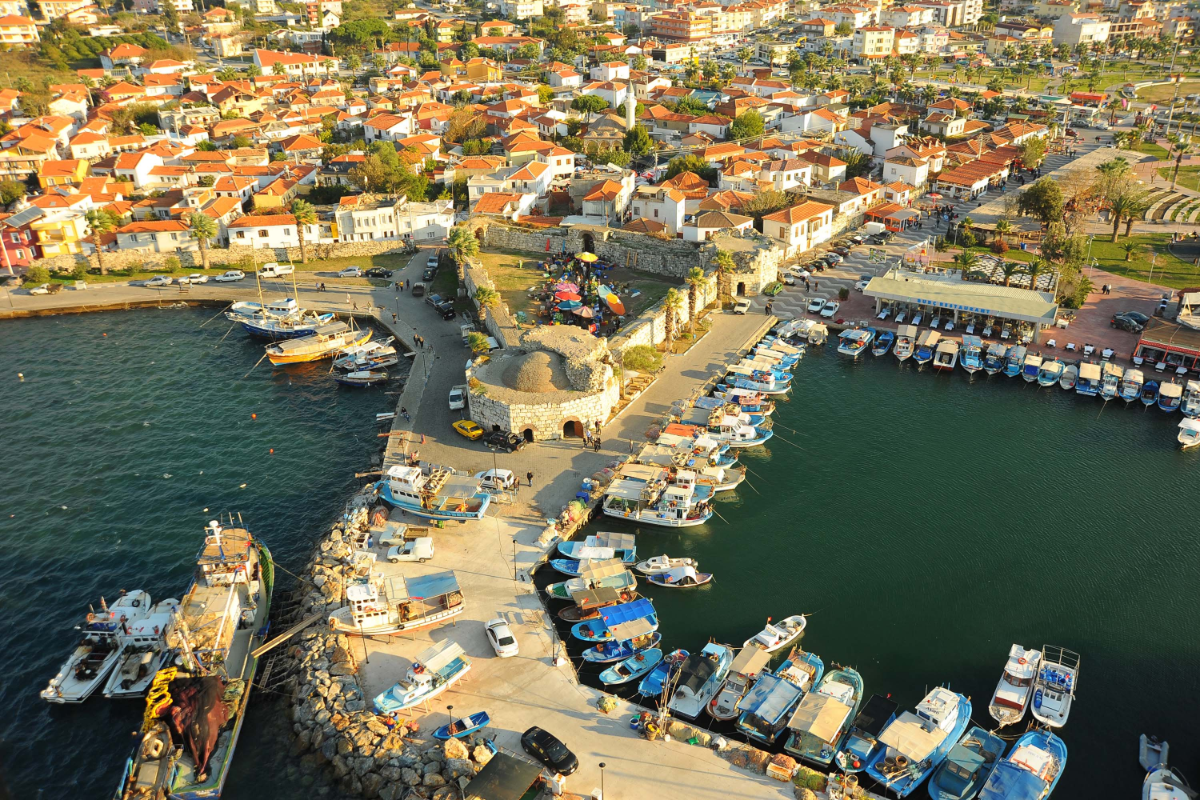
Seferihisar Municipality became one of the partners of the SHELTER project granted financial support by Horizon 2020 program in Europe. The project will especially target a roadmap for increasing structural safety and reconstruction techniques for the Sığacık citadel walls.
For SHELTER, 23 partners from 9 countries gathered for implementing solutions regarding heritage preservation, climatology and climate change for several case studies in Europe.
The institutions, universities, local governments and engineering companies in Europe gather partnerships to apply for Horizon 2020 program, where only a small percentage of the applicant projects would be considered as eligible to use.
SHELTER has a total budget of 6 million Euros, where 120.000 Euros would be allocated for the monitoring and reporting of Sığacık citadel walls.
Seferihisar Mayor Tunç Soyer gave the details of the project: "In the scope of the SHELTER project, five towns, one in Turkey and four in Europe has been selected as case studies. The only case study will be in Sığacık, where the fortress walls will be monitored by sensors to detect any deterioration and vulnerability to earthquakes. Movements, fissures and wear on the citadel will be monitored and a feasible intervention scenario will be based on the results. The impact of climate change in terms of heat, humidity and precipitation on Sığacık city walls will be measured comparing to previous years. SHELTER approach to low carbon adaptation and reconstruction stand out as means to ensure the goals of greenhouse gas emission commitments and strengthen our resilience against natural disasters. It is important that we started the preliminary studies for the restoration of the city walls after the renovation of historical Sığacık citadel area. We will keep up with our preservation efforts. ”
SHELTER (Sustainable Historic Environments hoListic reconstruction through Technological Enhancement and community-based Resilience) is planned to be completed in 48 months.